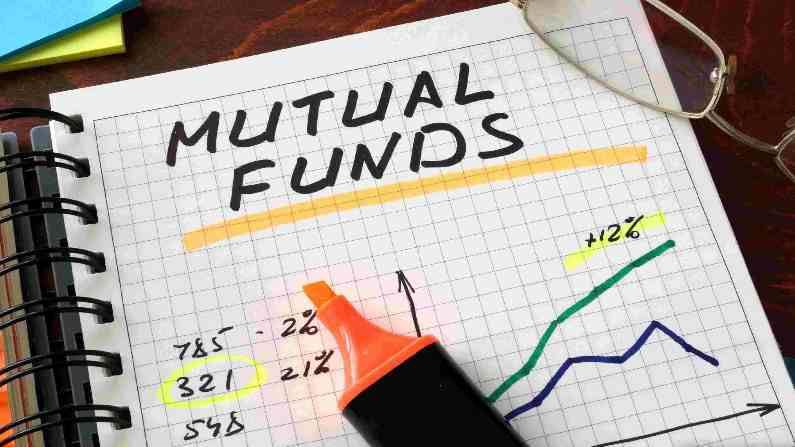Dynamic funds vs balanced hybrid mutual funds: which one suits you?
Balanced funds rank higher than debt funds but lower than equity funds on the risk scale.

Dynamic asset allocation funds are a relatively new concept in India, having been introduced less than a decade ago. Most investors are familiar with equity and debt funds, which invest primarily in specific asset types. The concept of a balanced fund, which invests in both equity and debt in a predetermined proportion, is also highly popular.
Dynamic funds are a bit more aggressive and active form of balanced funds. Dynamic funds, like balanced hybrid funds, invest in a mix of equity and debt, but the mix is much more variable and dynamic. When it comes to returns, the balanced hybrid funds have given slightly better returns than dynamic asset allocation funds (DAAF). As per the value research data, the annualised returns for balanced hybrid funds has been 28.01%, 10.22%, and 8.87% over the one, three, and five years.
At the same time, the annualised returns of DAAF has been 23.33%, 9.11%, and 8.79% over the one, three, and five years as of 26 July 2021.
Let’s look at how they differ from each other:
Balanced hybrid mutual funds
• A balanced fund invests in a mix of debt and equity. This allocation mix is typically maintained at 65:35 in favour of equities to qualify the fund as an equity fund and the remainder of the fund in invested in debt.
• Balanced funds rank higher than debt funds but lower than equity funds on the risk scale.
• Balanced funds perform well in turbulent and volatile markets because they mix the stability of debt with the alpha generation of equities to provide a superior overall product.
Dynamic asset allocation mutual funds (DAAF)
• A DAAF has a considerably larger canvas to adjust its asset allocation. The dynamic fund can theoretically invest from 0% to 100% in equities and similarly from 0% to 100% in debt. This decision will be made in accordance with the fund manager’s judgment.
• For instance, if the fund manager believes the market is inexpensive in price to earning terms, he may choose to significantly boost the dynamic fund’s equity component. Alternatively, suppose the fund manager believes interest rates will continue to decline. In that case, he or she may opt for long-duration debt, which benefits the most from each percentage point decline in interest rates in terms of capital appreciation. The essence of the dynamic fund is consequently that it has considerable discretion to increase the allocation to equities and debt to extreme levels.
What kind of investors can invest in these funds?
DAAFs are suitable for investors who have a moderate risk appetite and over a five-year time horizon. These funds have the potential to provide returns closer to equities with much lower volatility over a market cycle.
“Dynamic asset allocation funds are an all-weather product suitable for both first-timers as well as experienced investors. These funds invest in both equity & debt and dynamically adjust the exposure between the two depending on market conditions and attempt to provide returns closer to equities but with much lower volatility,” said Arun Kumar, Head of Research, FundsIndia.
When it comes to balanced hybrid funds, the investors who are conservative in their approach and wants to take advantage of the return on equities without the increased risk can go for these funds. Also, investors who are unsure about their risk profile can invest in these funds as it has roughly the same weightage.
Taxation
The taxation of DAAF depends on which asset class the fund is majorly exposed towards. If the fund invests more than 65 percent of its assets in stock or equity-linked securities, it is subject to the same taxation as equity funds. If the assets in equity-related instruments are less than 65 percent, the fund is taxed as a debt fund, similar to conservative hybrid funds.
Whereas in balanced hybrid funds, the short-term capital gains (where the holding duration is less than 36 months) are taxed according to the income-tax slab, and long-term capital gains (holding period of more than 36 months) are taxed at 20% with indexation benefits.